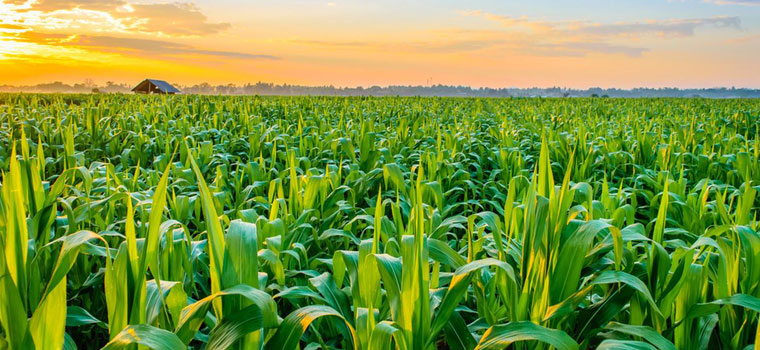It is estimated that within the next 20 years the amount of food needed to sustain the Earth’s population will double. The dilemma is having less land to farm and farmers for that matter Fixing this problem is not simple, but we can at least teach our future generations the basics of small-scale agriculture or Agriculture 101 as I call it. There is a science to growing anything and that is where we start our students, which by the way are 4 and 5 years of age. Most of us remember from school the bean in the cup school project.
We learned that all seeds required are soil, water, and bingo you have a plant to produce more beans. For the most part, more than half the plants later died from the lack of or too much water and most import sunlight. Our academy teaches our students the science and history of the crops before planting to have a successful producing crop. The students must learn about water conservation, pollution and some history about the crop. For example this year the students learned that watermelons have been around for almost 5,000 years and require very little moisture, making them a perfect crop for this area. This year the students grew fall and early spring crops. The students got to share baskets of tomatoes, kale, sweet corn, peppers, basil, sunflowers, radish, lettuce, squash, and carrots to name a few. The crops are organic and non-GMO. Some of the children have now encouraged their parents to start small vegetable gardens at home. Education is the key to this lifelong, self-sustaining lesson. We also grow peaches, plums aguacates and papayas.
Ed Medina
Director
Apple Bee Math & Science Academy


